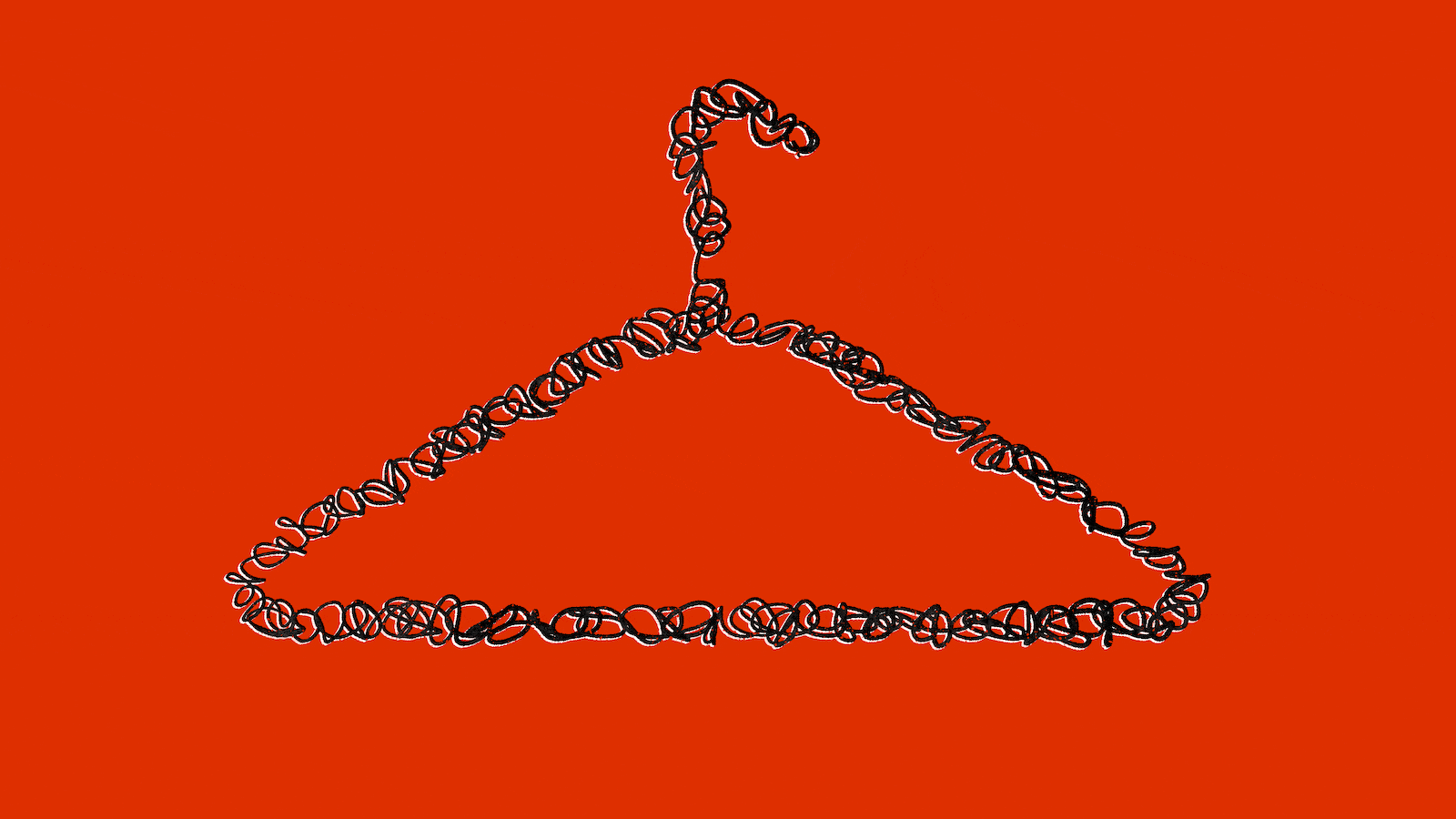In the weeks before the midterm elections, Republicans are struggling to distance themselves from their most extreme post-Roe positions on abortion without undercutting their focus on the economy.
A Facebook ad generated by a conservative nonprofit, Independent Women’s Voice, underscores the GOP’s dilemma. Running digitally in four battleground states, it showcases a young woman asking her grandmother if she’s going to vote to protest the overturning of Roe, having fought so hard for abortion rights in the past.
“Every woman has the right to choose, but it’s not 1973 anymore,” the older woman replies. “It’s so much worse,” says the granddaughter. “Worse?” grandma exclaims. “Back then, there was no birth control. Now there are all kinds of choices women have, and many states have already legalized abortion.”
But losing Roe is “such a big deal,” the young woman persists. “And you know what’s a bigger deal?” grandma counters: “unsafe communities, soaring prices and schools that don’t care about their kids or their parents.”
It’s a clever message to pit the generations against each other, and for the generation that fought for Roe to counsel young people that GOP talking points on the economy and crime and education are more important. The ad also perpetrates a lie—that there was no birth control in 1973. The “pill” debuted in 1960, and within two years, 1.2 million American women were taking it.
Despite that blatant fabrication, the ad conveys the kind of reassurances that could influence suburban women and independents in key races that will decide control of the Senate. It affirms the importance of Roe and the protections it provided women for 50 years while making the case that other, more immediate priorities should take precedence.
The ad glosses over the barriers young women face in their reproductive lives compared to the freedoms Roe gave their mothers and grandmothers. Republican Sen. Lindsey Graham has already introduced a national ban on abortion after 15 weeks, and legislators in states with abortion bans are working to curtail access to abortion pills over the counter and delivered by mail.

Demonstrators gather in front of the U.S. Supreme Court as the justices hear arguments in Dobbs v. Jackson on Dec. 1, 2021, in Washington, D.C.
Chip Somodevilla/GettyBut the mixed message in the GOP-supporting ad is emblematic of the larger issue: candidates in both parties tap-dancing around specifics to avoid looking extreme.
Democrats struggle to say whether they’re for any restrictions at all on abortion, allowing Republicans to falsely claim Democrats are for abortion until the moment of birth. Arizona Secretary of State Katie Hobbs, running for governor of Arizona, appeared stymied in a CNN interview last weekend when host Dana Bash asked her to identify any regulation she would put on abortion. Bash gave her multiple opportunities to express when the state might have legitimate oversight, and Hobbs ducked and dodged.
It was painful to watch, when she could have found a safe harbor in Roe, which was the law of the land until June when the Supreme Court overturned the 1973 ruling.
“It’s very clear that third-trimester abortions require some state oversight,” says Elaine Kamarck, a senior fellow in the Brookings Institution’s governance studies program. “I don’t know why the Democrats are so scared about regulating abortion, especially in the third trimester. It’s nuts that they can’t answer that.”
In Kamarck’s view, the 2022 midterm election is the same as 2018 and 2020: “It’s all about suburban women and what they do. That’s the swing vote. That’s why Republican candidates are trying to soften their position on abortion.” Democrats should keep it simple and say they’re for Roe, the legislative formula that worked for half a century and that allowed states to regulate abortion as long as those regulations did not impose “an undue burden” on women.
Some Democrats still favor the language Bill Clinton advocated in his 1992 presidential campaign, that abortion should be “safe, legal, and rare.” But the phrase is 30 years old now, and we’re in a different world without Roe, a world where Democrats need to be more assertive and reject language that in their view stigmatizes abortion.
“We don’t need to be on the defensive,” says Celinda Lake, a Democratic pollster and strategist. “They’ve (conservative Supreme Court justices) taken away a freedom we had for 50 years. We should not be on the defensive here.”
She points out that Republicans are divided, with some candidates doubling down on anti-abortion policy and rhetoric, while others are scrambling to adjust their campaign pitch and appear more moderate.

Abortion rights activists and anti-abortion activists demonstrate in front of the U.S. Supreme Court Building on May 3, 2022, in Washington, D.C.
Anna Moneymaker/GettyDemocrats have had their stumbles, too. “On our side, there’s no reason to get trapped by discussions about how many weeks (before fetal viability) or which regulations you support,” says Lake. “You can easily say, ‘We’re for Roe.’ Some of our candidates are getting caught flat-footed, and they shouldn’t be.”
Pennsylvania Senate candidate John Fetterman was the first to create a stir last month when he said the government shouldn’t be involved in abortions. Next up was Sen. Patty Murray of Washington, who was asked in a CNN interview with Dana Bash if she agreed with Fetterman. She dodged the question and wouldn’t say what, if any, legal limits on the procedure she would support.
Lake says these Democrats are violating a basic rule of debate: don’t let the other side set the frame.
A poll that Lake’s research firm just conducted for Ms. magazine and the Feminist Majority Foundation found that 55 percent of young women voters (age 18-29) in battleground states say abortion and women’s rights combined are the top issues that will determine their votes. Only 33 percent rank inflation and rising prices as the top issues motivating their vote, with even fewer ranking climate change (9 percent) or education debt (5 percent) as their top issue.
In a midterm election where a strong contrast with the other party drives turnout, Republicans are trying to back away from a national ban on abortion and, says Lake, “We have to drive that home, it’s the strongest thing we have to say.” Informing young women about the threat the GOP poses to their reproductive future is the best motivator to get them to vote.
Non-college-educated white women over 50 years of age are another target group, Lake told The Daily Beast. “Half haven’t made up their mind, and they think the world is a dumpster. What worries me is they vote a Hail Mary for change—or they vote to send a message. Neither of those will be good for Democrats.”
In the Facebook ad created by the conservative Independent Women’s Voice, the grandmother assures her granddaughter that they’ll both keep fighting for abortion rights, “But we must send a message on other issues hurting other people every day. And that’s what’s on my mind now.”
Both sides are seeing the same data and interpreting it to advance the interests of their candidates. And the contrast between the two parties couldn’t be starker on abortion, with each side painting the other as extreme.
For voters, an up or down on Roe should be easy. It’s all those other choices clouding the clarity of the June SCOTUS ruling that make next month’s election as much a challenge for the voters as it is for the ad makers.









